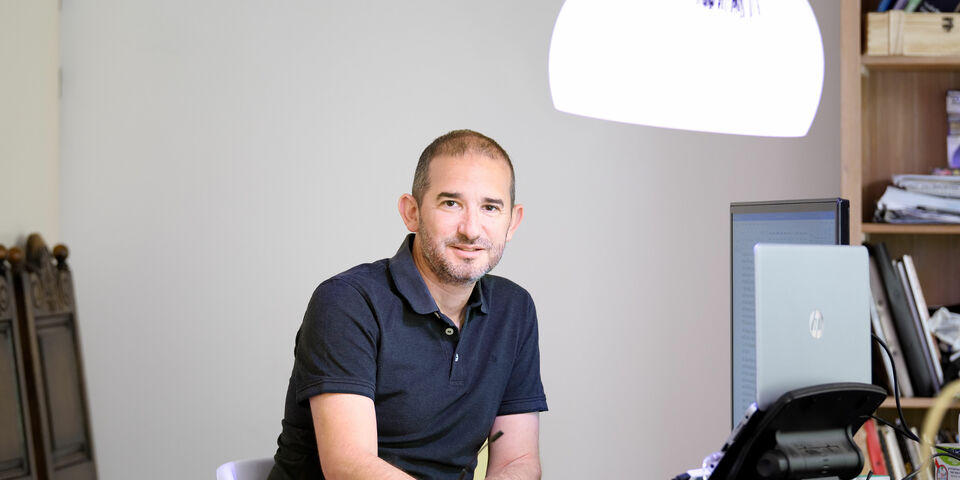The flip side of teaching
Lectures, in their more traditional settings, are one-man shows. The teacher is acting on the podium and the students are the spectators. For many years I have been watching with a heavy heart as the audiences grew smaller. From 100-130 students several years ago to less than 50 in the past year. As a performer me and many of my colleagues were seeing this as a vote of no-confidence in our acting (teaching) skills. But is it truly so? Is the number of students in the class the best predictor for good teaching?
Our traditional teaching method is based on the teacher talking about the topic during the lecture and the students following up by solving assignments outside the classroom. Since 2012 flipping the classroom is being promoted as an alternative educational methodology. It preaches to stop using contact hours between teachers and students for the broadcasting of content by the teacher, but instead use it for stimulating a dialogue with students where they are asked to actively engage with course material. The transfer of knowledge is then moved online by providing students with quality video content covering the course material.
Two years of pandemic and the necessity to teach online has done wonders to the quality and availability of video content for my course. Spending significant time and using new video editing tools I was able to edit old video material to create a rich online learning environment for my students. When teaching was resumed this February, I decided to take the plunge and flip my classroom as well. In the first course lecture in front of a capacity crowd of 75 students (more were not allowed) I discussed with students the pro’s and con’s of flipping the class room. We agreed on keeping limited contact moments every week to conduct Q&A sessions on the weekly course material.
I was already thinking what to do with the freed-up lecturing time, when in the following Q&A session the limited audience (now dropping to below fifteen percent of total students registered) asked if we may still have some “…actual lectures and instructions…”. Since, as I have also told the students, I was “being paid” to teach eight hours a week, I naturally agreed to broaden up the scope of our weekly meetings. And for the rest of the quarter, we met once or twice a week to go through the course material (both theoretical and practical).
What followed was a unique experience for me. The weekly meetings were visited by a small group of students. Since all course material was available online, the students who have chosen to show up were those who truly appreciated the interaction and needed the additional support to handle the course material. As a result, for the first time in many years of teaching at the TU/e, the lectures became interactive. During the sessions I was challenged by the students to come up with new ways of explaining concepts and solutions which I considered obvious but were clearly not so. And since students felt free to ask questions, I could ask them many questions back. A true dialogue emerged from which I could much better understand what students are struggling with and what they need to master the course material.
Flipping the classroom has therefore not delivered for me less work or made my work as a teacher easier. The opposite is true. I needed to work ‘harder’ to support the students but in return I got something much more valuable which I was missing for many years. The feeling that I am truly delivering knowledge to the students and not just going through the motions (like an actor).
In essence flipping the classroom flipped the way I approached teaching. Since I had the assurance that the entire course material is available online, I could spend all the time needed to explain to a small group of students the critical aspects of the theory without being concerned with the other students or going through the entire slide deck.
Maybe teaching and acting are not the same after all. As teachers we really want to make sure our audience is not only ‘enjoying the show’ but also that they learn something new. If I must choose now between larger crowds, where nobody dares to ask questions, or a small group of students who really want to understand the course material and are truly interacting with me, I would probably choose for the latter. And even more important I found a way to reconnect with the students, and isn’t that the reason we become teachers after all?


Discussion